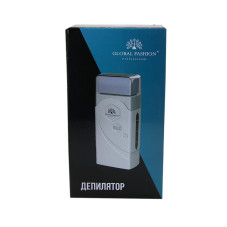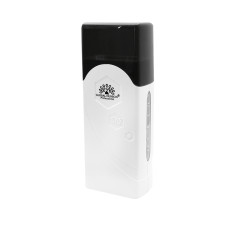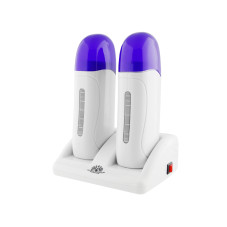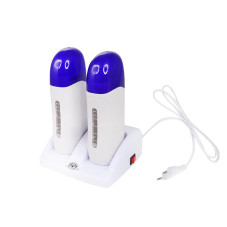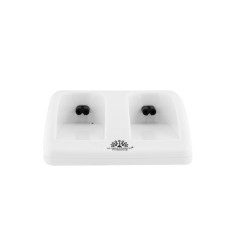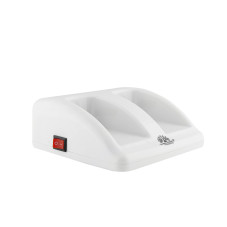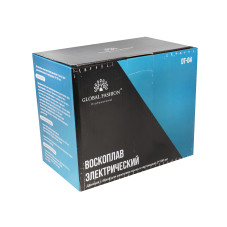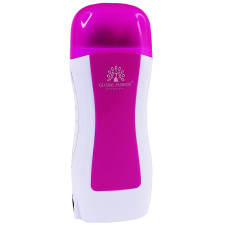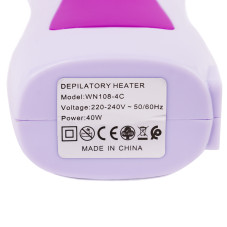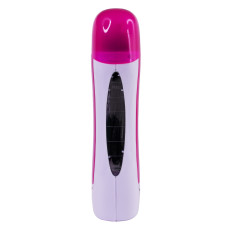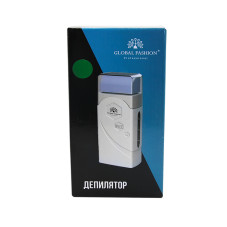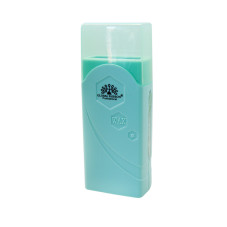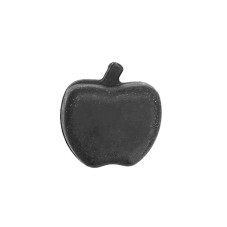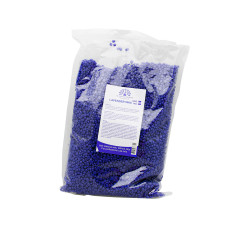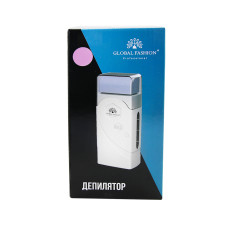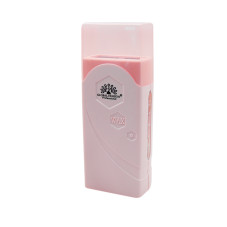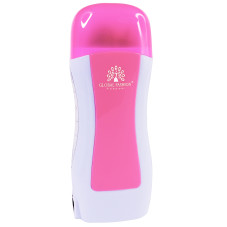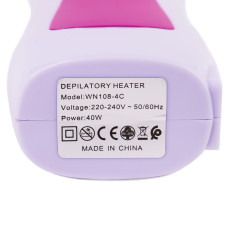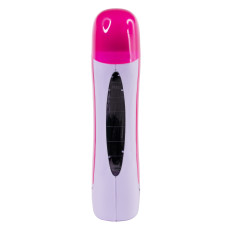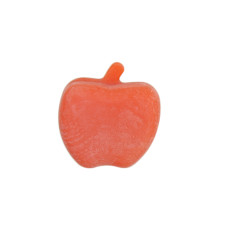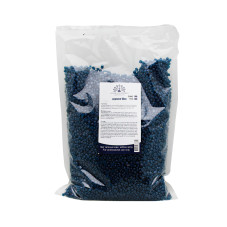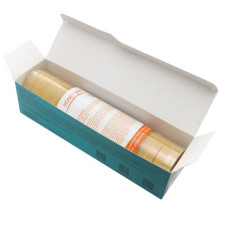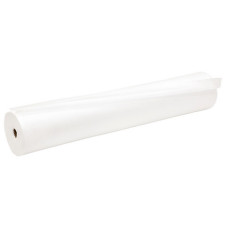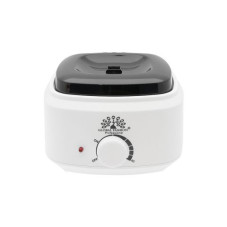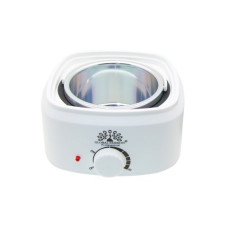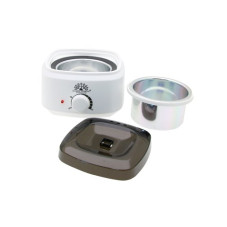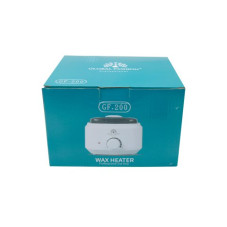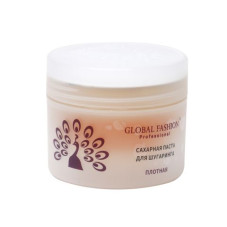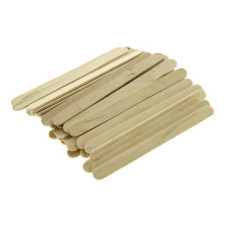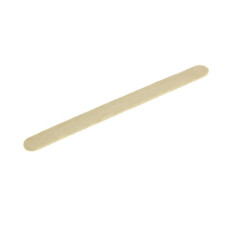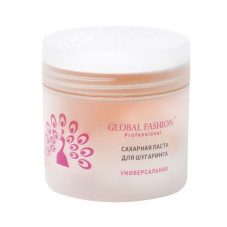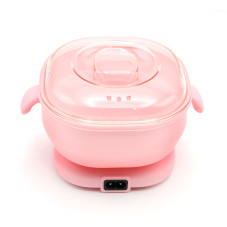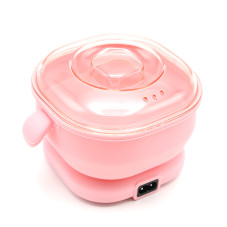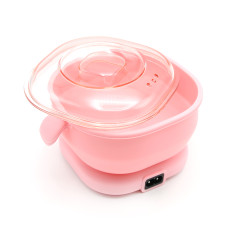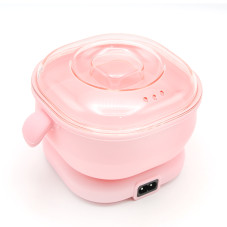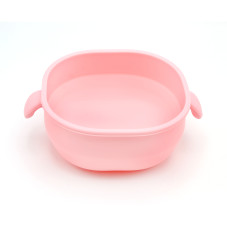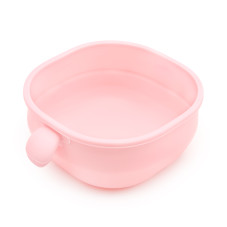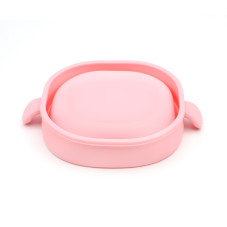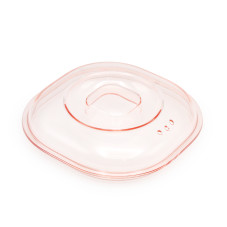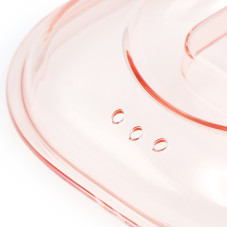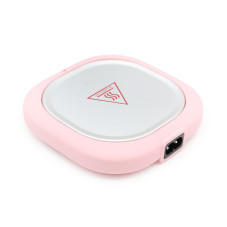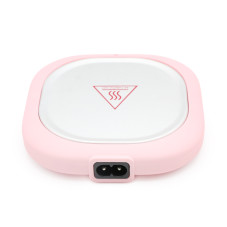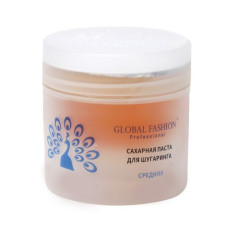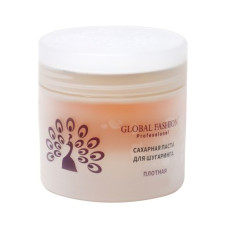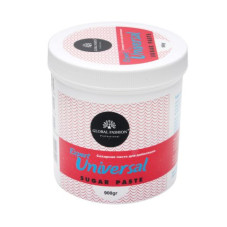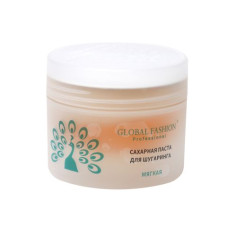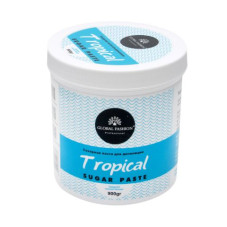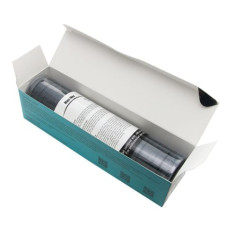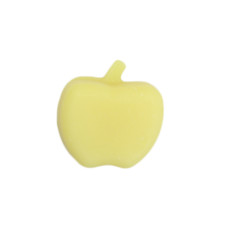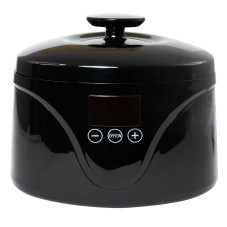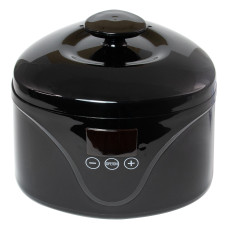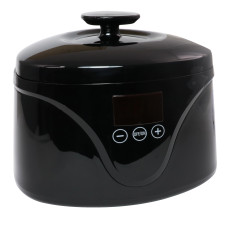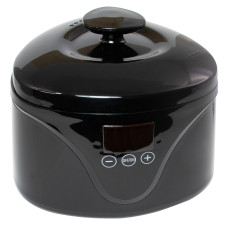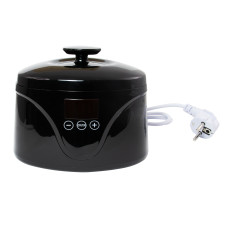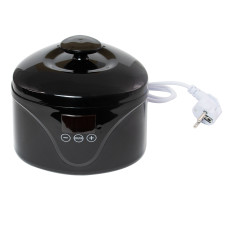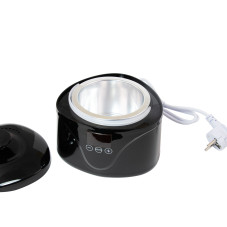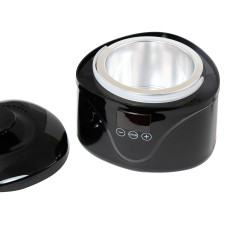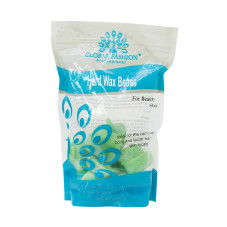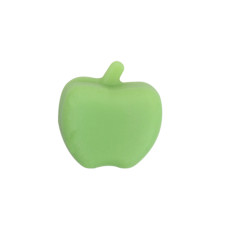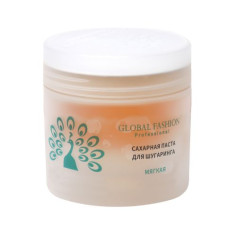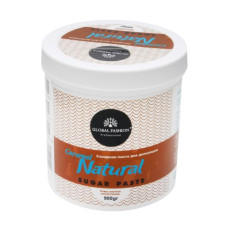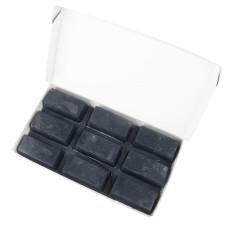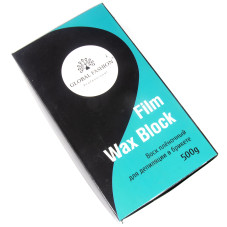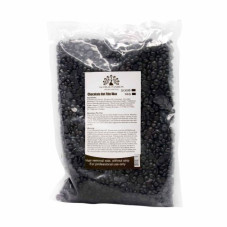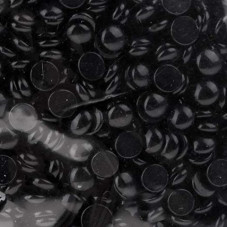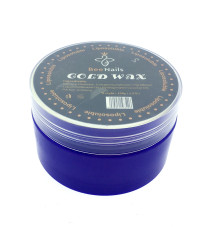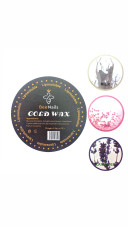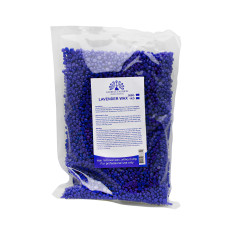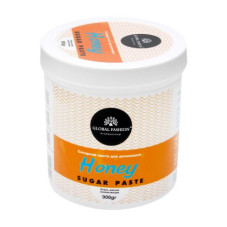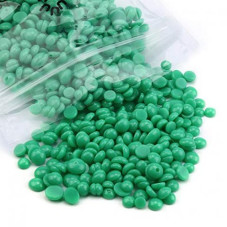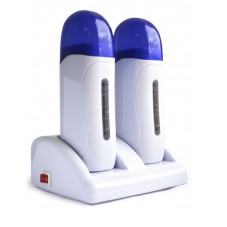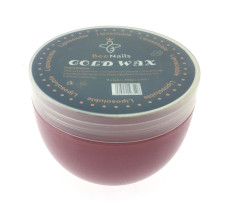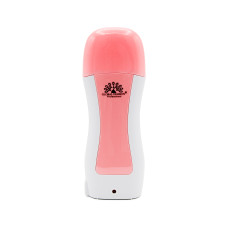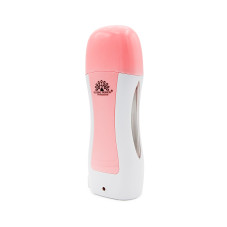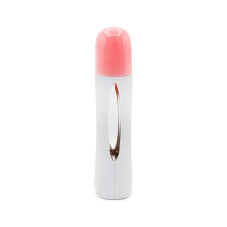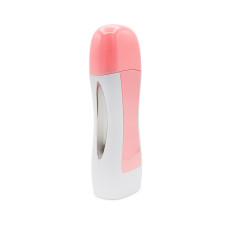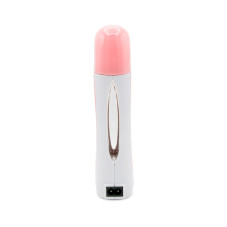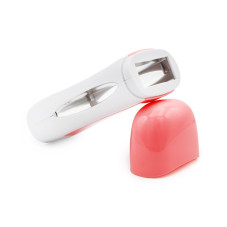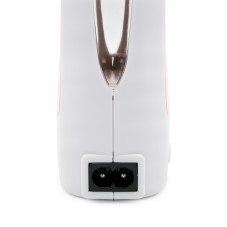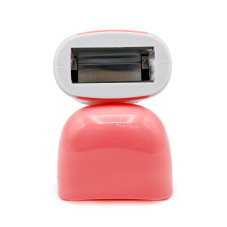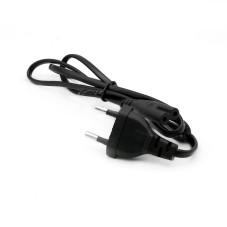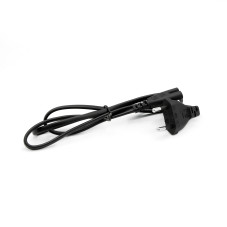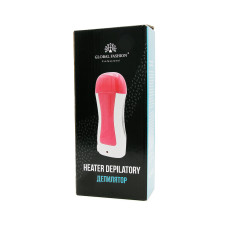Epilation
Filters

Color
Clear
roll up
Density
Clear
roll up
Effect
Clear
roll up
22 bought
NEW
ID: 11235
2 242 ֏
27 bought
NEW
ID: 11239
2 242 ֏
21 bought
NEW
ID: 11236
2 242 ֏
13 bought
NEW
ID: 11238
2 242 ֏
9 bought
ID: 13037
1 644 ֏
-20%
11 bought
NEW
ID: 12902
2 242 ֏
2 bought
ID: 22546
3 504 ֏
-25%
Epilation: A Comprehensive Guide to Hair Removal Techniques Hair removal has been practiced for thousands of years, with the earliest known reference dating back to ancient Egypt. In modern times, epilation has become an increasingly popular way to remove unwanted hair from various parts of the body. Epilation is the process of removing hair from the root, either by plucking, waxing or using an electronic device. This technique provides longer-lasting results than shaving, which only removes surface hair. Plucking Plucking, also known as tweezing, is the oldest and most primitive form of epilation. It involves the use of tweezers to remove individual hairs from the root. This technique is most commonly used for shaping eyebrows and removing stray hairs. Plucking the hair in the opposite direction of its growth can cause it to break, making it more difficult to remove. It can also be painful, especially in sensitive areas. Waxing Waxing involves applying hot or cold wax to the skin, then removing it quickly with a strip of cloth. The wax adheres to the hair, allowing it to be removed from the root. Waxing is a popular option for removing hair from larger areas, such as the legs, arms, and bikini area. While it can cause some discomfort, the results can last up to six weeks. Sugaring Sugaring is a natural alternative to waxing that uses a mixture of sugar, lemon juice, and water to remove hair from the root. The paste is applied to the skin in the direction of hair growth, then removed in the opposite direction using a cloth strip. Sugaring is less painful than waxing and can be used on sensitive skin. It is also an eco-friendly option, as the paste is made with all-natural ingredients. Laser Hair Removal Laser hair removal uses a laser beam to target and destroy hair follicles, preventing regrowth. This technique is most effective on dark, coarse hair and is not recommended for very light or white hair. Laser hair removal is a long-term solution that can provide permanent reduction of hair growth. However, it can be expensive and takes multiple sessions to see results. Electrolysis Electrolysis involves inserting a fine needle into each hair follicle and delivering a small electrical current to destroy it. Like laser hair removal, electrolysis provides permanent hair removal. However, it is a time-consuming and expensive process. It also requires a high level of skill on the part of the practitioner, as an incorrectly placed needle can cause scarring or infection. Epilation has come a long way since ancient Egypt, with a variety of techniques available to suit different needs and preferences. Whether you prefer the convenience of plucking, the longevity of waxing, the eco-friendliness of sugaring, or the long-lasting results of laser hair removal and electrolysis, there is an epilation technique out there for you. Whichever method you choose, it is important to take proper care of your skin before and after hair removal to prevent irritation and ensure the best possible results.

